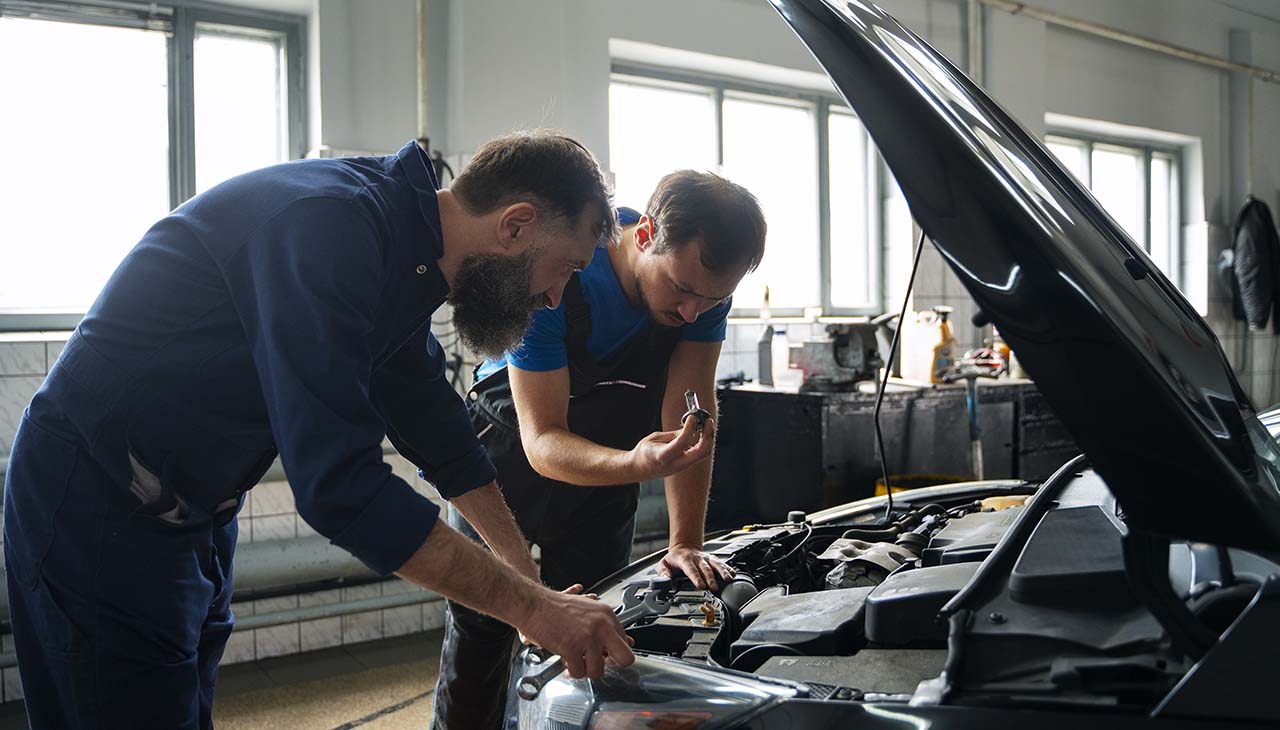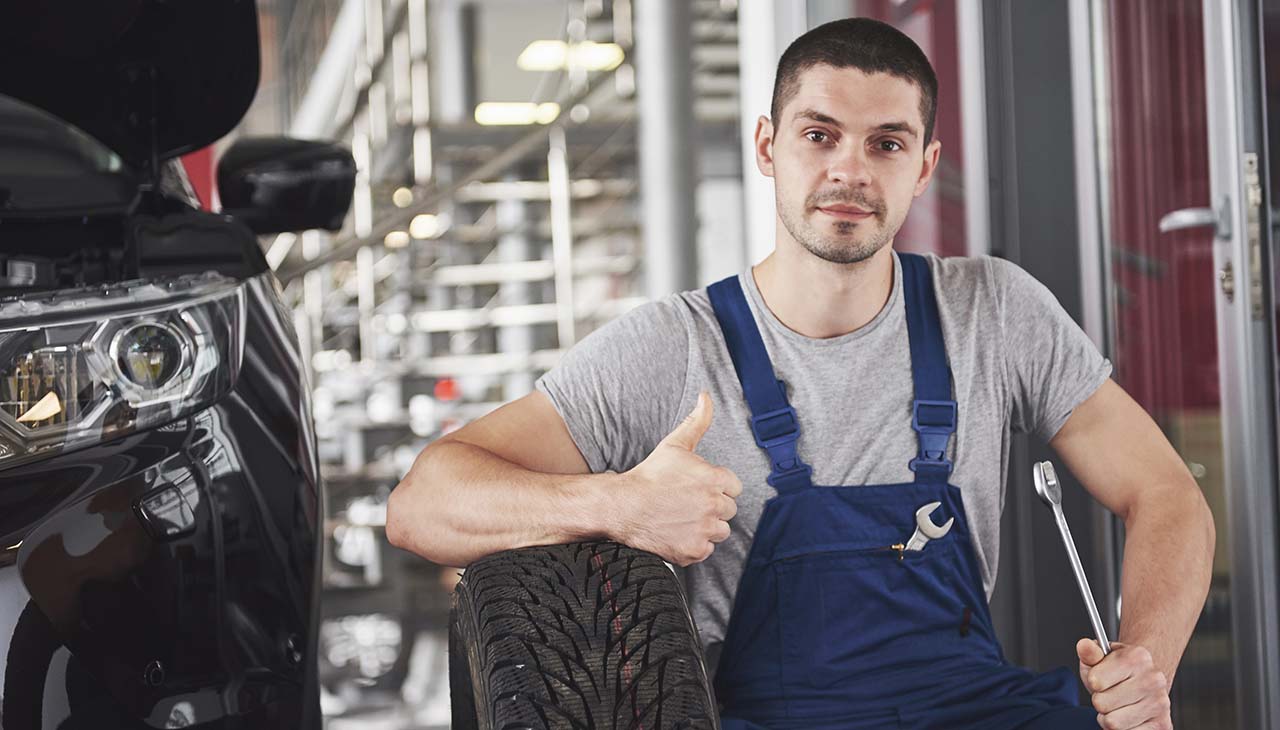Maintaining your vehicle is crucial for ensuring its longevity and reliability on the road. Essential car care not only helps in preserving the vehicle’s appearance and performance but also significantly reduces the overall costs of repairs and replacements in the long run. This guide aims to equip car owners with fundamental insights and practical tips on maintaining their vehicles, from regular check-ups to more detailed care strategies. By adhering to these guidelines, drivers can ensure their car remains in optimal condition, providing a safer and more enjoyable driving experience.
Regular Maintenance Checks
Oil Changes
Changing your car’s oil regularly is paramount to keeping the engine running smoothly. It’s recommended to change the oil every 3,000 to 5,000 miles, depending on your vehicle’s make and model, and the type of oil used. This prevents engine wear and helps in maintaining optimal performance.
Tire Rotations
Rotating your tires every 6,000 to 8,000 miles ensures even tire wear and extends their life. This practice improves driving safety by maintaining better traction and reduces the chance of tire-related accidents.
Brake Inspections
Regular brake inspections are crucial for your safety on the road. It’s advisable to have your brakes checked at least once a year to ensure they are functioning properly. Early detection of wear and tear can prevent more costly repairs down the line.
Fluid Top-Ups
Keeping all fluids at the proper levels is vital for your vehicle’s health. This includes engine oil, coolant, brake fluid, power steering fluid, and transmission fluid. Checking these fluid levels monthly can help you catch leaks early and avoid engine damage.
Exterior Care
Washing and Waxing
Regular washing of your car is more than just about keeping it looking good; it’s crucial for removing dirt, salt, and other debris that can lead to rust and deterioration. Waxing your vehicle at least twice a year adds an extra layer of protection, keeping the paint in pristine condition and guarding against scratches and the harmful effects of UV rays.
Protecting the Paint
Protecting your car’s paint is essential for maintaining its appearance and value. Besides regular washing and waxing, parking in the shade or using a car cover can minimize exposure to sun and prevent the paint from fading. Additionally, applying a paint sealant or a ceramic coating can offer long-term protection against various elements.
Checking Lights and Signals
Functioning lights and signals are vital for safety, ensuring that other drivers can see you clearly in all conditions. Check your car’s headlights, tail lights, brake lights, and turn signals regularly to ensure they are operating correctly. Replacing any burnt-out bulbs promptly not only keeps your vehicle safe but also helps avoid traffic violations.
Interior Care
Cleaning and Vacuuming
Regular cleaning and vacuuming of your car’s interior not only enhance its appearance but also contribute to a healthier environment inside your vehicle. Removing dust, dirt, and debris can prevent the accumulation of allergens and bacteria. It’s recommended to vacuum the seats, carpets, and floor mats at least once a month and to wipe down surfaces to keep them free of grime.
Protecting Upholstery
The upholstery of your car is prone to wear and tear, especially with frequent use. To protect it, consider using seat covers, which can easily be removed and washed, preserving the original material underneath. For leather seats, applying a leather conditioner every few months can prevent cracking and drying out, keeping the material soft and supple.
Dashboard and Console Care
The dashboard and console are central to your car’s interior aesthetic and functionality. Dust and sunlight can cause these areas to degrade over time. Regularly cleaning these surfaces with a microfiber cloth and applying a UV protectant can prevent fading and cracking. Additionally, using non-abrasive cleaners can help maintain the finish of buttons and screens, ensuring your car’s interior remains in top condition.
Engine Care
Air Filter Replacement
Replacing your car’s air filter is a simple yet crucial maintenance task that helps ensure the engine “breathes” cleanly. A clogged or dirty air filter can lead to reduced fuel efficiency, decreased acceleration, and, over time, engine damage. It’s generally recommended to replace the air filter every 12,000 to 15,000 miles, but this can vary based on driving conditions and vehicle specifications. Regular replacement of the air filter ensures that your engine receives a proper mix of air and fuel, maintaining optimal performance.
Spark Plug Check
Spark plugs are essential for engine operation, as they provide the spark that ignites the fuel-air mixture, powering your vehicle. Worn or fouled spark plugs can cause misfires, poor fuel economy, and trouble starting the engine. Checking spark plugs every 30,000 miles (or as recommended by the vehicle manufacturer) can help in identifying issues early. Replacing spark plugs at recommended intervals ensures that your engine runs smoothly and efficiently.
Belts and Hoses Inspection
Belts and hoses play a critical role in the functioning of your vehicle’s engine and cooling system. Over time, these components can become worn, cracked, or loose, leading to potential engine overheating, loss of power steering, and even engine failure. A visual inspection for signs of wear, cracks, or leaks should be part of regular vehicle maintenance. Most manufacturers recommend inspecting belts and hoses every 30,000 to 60,000 miles. Prompt replacement of these components as needed can prevent major engine damage and costly repairs.

